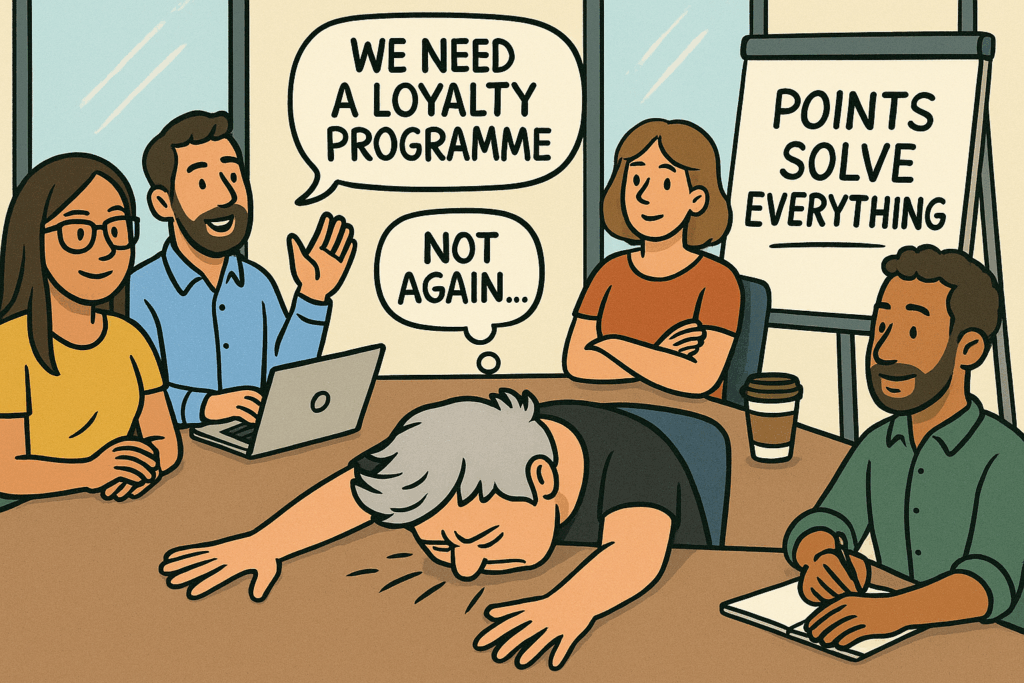AI-Driven Marketing Tools: Key Considerations and Challenges
New MarTech platforms and capabilities seem to be emerging almost weekly, with AI-driven marketing tools and features becoming more commonplace. These tools promise to enhance personalisation, automate processes, and drive better insights. While some provide basic features, others offer advanced capabilities designed to meet specific business needs.
However, many organisations find that these tools don’t deliver as expected.
The issue often lies not with the tool itself, but with implementation issues or misaligned business processes.
In this article I will share my key insights for maximising AI tool effectiveness.
-
Proper Implementation & Customisation:
Many tools require custom configurations and process realignment to truly unlock their full potential. It’s not just about deploying the tool; it’s about tailoring it to your specific business needs. This includes adjusting workflows, data integrations, and aligning the tool’s capabilities with your marketing objectives.
-
AI is Not a Silver Bullet:
While AI is incredibly powerful, it’s not a one-size-fits-all solution. AI models need to be trained and refined to understand your business nuances. It will help once the models are developed, but human intervention is still necessary to manage its application, fine-tune it, and ensure the tool is working as intended.
-
Human Touch Still Matters:
The human element is essential. Even though AI can accelerate campaign execution, strategy and decision-making still rely heavily on human insight. In fact, leveraging AI’s capabilities, combined with human expertise, increases the speed to market and helps to reduce the chances of error, ensuring campaigns are relevant and targeted.
-
Cloud-Native Benefits:
With most tools moving to cloud-native environments, upgrades have become simpler. Vendors now handle updates, ensuring seamless integration of new features. This significantly reduces downtime and accelerates the rollout of innovative features. The cloud model also ensures scalability, flexibility, and ease of access across teams.
-
Security & Privacy Concerns:
However, with these cloud-native solutions, security remains a critical concern. Storing vast amounts of customer data on the cloud introduces risks of data breaches. While these breaches are rare, they are still possible, and managing data privacy becomes crucial. Strong encryption, access controls, and adherence to regulations like GDPR are essential to safeguarding customer information.
-
On-Premises Challenges:
On-premises solutions come with their own set of challenges, such as the cost of infrastructure management, upgrades, and security protocols. Additionally, they can create inefficiencies in scaling operations. While on-prem setups may offer better control over data, they also require significant resources to maintain and update.
-
Environmental Impact:
With increasing awareness of sustainability, businesses need to consider their carbon footprint when selecting a tool. Cloud solutions, while more efficient in many ways, still have an environmental impact, especially regarding energy consumption and data storage. On-prem solutions also consume energy but often lack the same level of optimisation. It’s critical for organisations to make sustainable choices aligned with their corporate social responsibility goals.
-
Cost vs. Value:
There’s a clear trade-off between the initial cost of cloud solutions versus the long-term value they deliver. Cloud platforms often have a subscription model, which can seem expensive at first. However, they provide significant operational efficiencies and flexibility. Organisations must carefully evaluate whether the value added by automation, scale, and updates outweighs the upfront investment.
-
Continuous Review and Optimisation:
Even after the tools are implemented, it’s crucial to regularly review their effectiveness. Marketing automation tools and AI models need continuous fine-tuning to adapt to changing market conditions and evolving customer preferences. Regular audits and optimisation ensure these tools stay aligned with business goals and deliver the expected ROI.
How to Move Forward:
The decision to implement AI-driven tools and cloud-native solutions requires a joined-up framework, balancing technology with business processes, security, and sustainability. Choosing the right tool goes beyond just features, it involves understanding how well it fits into your existing workflows, aligns with your team’s needs, and scales with your business.
If you face challenges with tool selection, implementation, or optimisation, consulting with experts can provide invaluable insights and recommendations. They can help you unlock the full potential of the tools and guide you in managing risks, optimising processes, and achieving your desired outcomes.
Key Takeaways:
- AI is not the end-all solution, but a powerful tool that requires ongoing refinement.
- Customisation and proper implementation are critical to success.
- Cloud-native solutions offer scalability but require robust security and privacy measures.
- Human insight will always be an integral part of effective marketing strategies.
Like what you see?
Subscribe to our newsletter for customer experience thought leadership and marketing tips and tricks.





